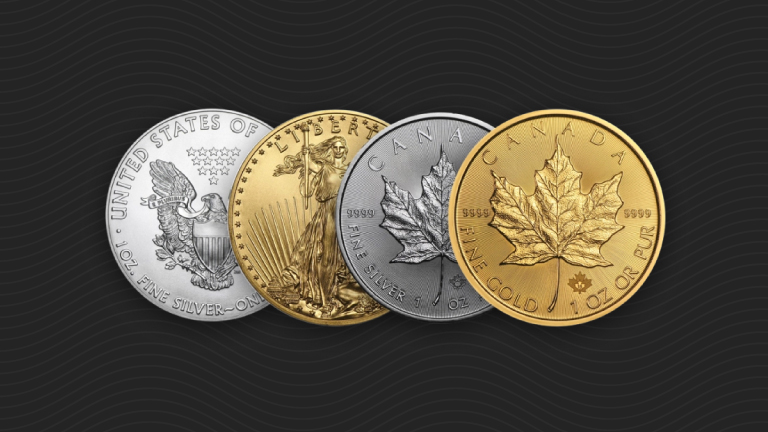The Dollar’s Lucky Streak
Recent U.S. economic data, such as the modest drop in the unemployment rate and the massive expansion of consumer credit, have suggested that the American economy is finally recovering. Opposite conclusions are being thrown at Europe, where many are convinced that recession is returning. Not surprisingly then, the dollar is currently hitting a multi-year high against the euro. The strength of the dollar itself is often held up as one of the major proof points that the U.S. economy is “improving.” But the data points that I believe really matter continue to suggest an economy on life support. I believe that the dollar is rising for reasons that have nothing to do with America’s economic health.
The ongoing sovereign debt crisis in Europe is unquestionably the center ring in the current economic circus. Given the difficulty of setting policy across borders and national interests, the negotiations in Europe have been messy, acrimonious, inconclusive, and conducted under the glaring lights of global media scrutiny. The action has diverted attention away from America’s problems, which in many ways are even greater than those in Europe. In contrast, America’s ability to print the world’s currency at will, and the nearly seamless agreement of policy between the Administration and the Federal Reserve, means that the United States has been able to virtually ignore the issues that Europe has been forced to confront. This relative calm has been mistaken for strength, and the dollar has beckoned as the ultimate safe haven currency.
The fact that the dollar is perceived as a safe haven acts as a self–fulfilling prophesy. Investors flee the euro and pile into dollars. The dollar then rises to reflect the demand. The increase validates the decision to buy in the first place, and the rising dollar then attracts even more buyers looking to profit from its appreciation. It’s a nice ride while it lasts.
Most “safe haven” dollar purchases are directed toward U.S. Treasuries. As a result U.S. interest rates are far lower than they would otherwise be without this inflow of spooked liquidity. But objectively speaking, the U.S. and Italy, for instance, have very similar national debt profiles. Yet interest rates in Washington are currently 600 basis points lower than they are in Rome. This means that Americans can borrow and spend much more. The result of all this extra debt financed consumption is a boost in employment and GDP. The positive economic impact makes the dollar even more attractive, thereby perpetuating the cycle.
If rates in Italy (or Spain for that matter) were as low now as they were two years ago, those countries would not be experiencing the problems they are today. Their borrowing costs would never have risen and their budgets would still be manageable. Similarly, higher interest rates in the U.S. would completely take the shine out of our economy. Imagine what would happen here if rates were just 200 basis points higher, let alone 600? U.S. consumers, homeowners, corporations, and governments are particularly dependent on cheap financing. As bad as things are in Europe, they would be even worse here.
In other words, contrary to popular belief, the problems in Europe are helping, not hindering, the U.S economy – at least in the short-term. Over the long term, borrowing and spending more money to finance consumption and government red ink will not help the U.S. economy achieve a sustainable balance. If safe haven flows were to reverse (which could result from an improvement in Europe), the dollar would fall, interest rates and consumer prices would rise, and the U.S. economy would be right back in recession. The only “good news” is that such a positive development in Europe appears unlikely in the short-run.
All self-perpetuating virtuous cycles are vulnerable to a sudden break in the positive feedback loop. When reality rears its ugly head, and the spell breaks, the reverses can be vicious. It happened with dot com stocks, it happened with real estate, and I believe it will happen with the dollar and Treasuries. Even if Europe does not resolve its problems, the day of reckoning will still eventually arrive. The unfortunate truth is that the longer it takes, the worse it will be, as we will have that much more debt to reckon with.

